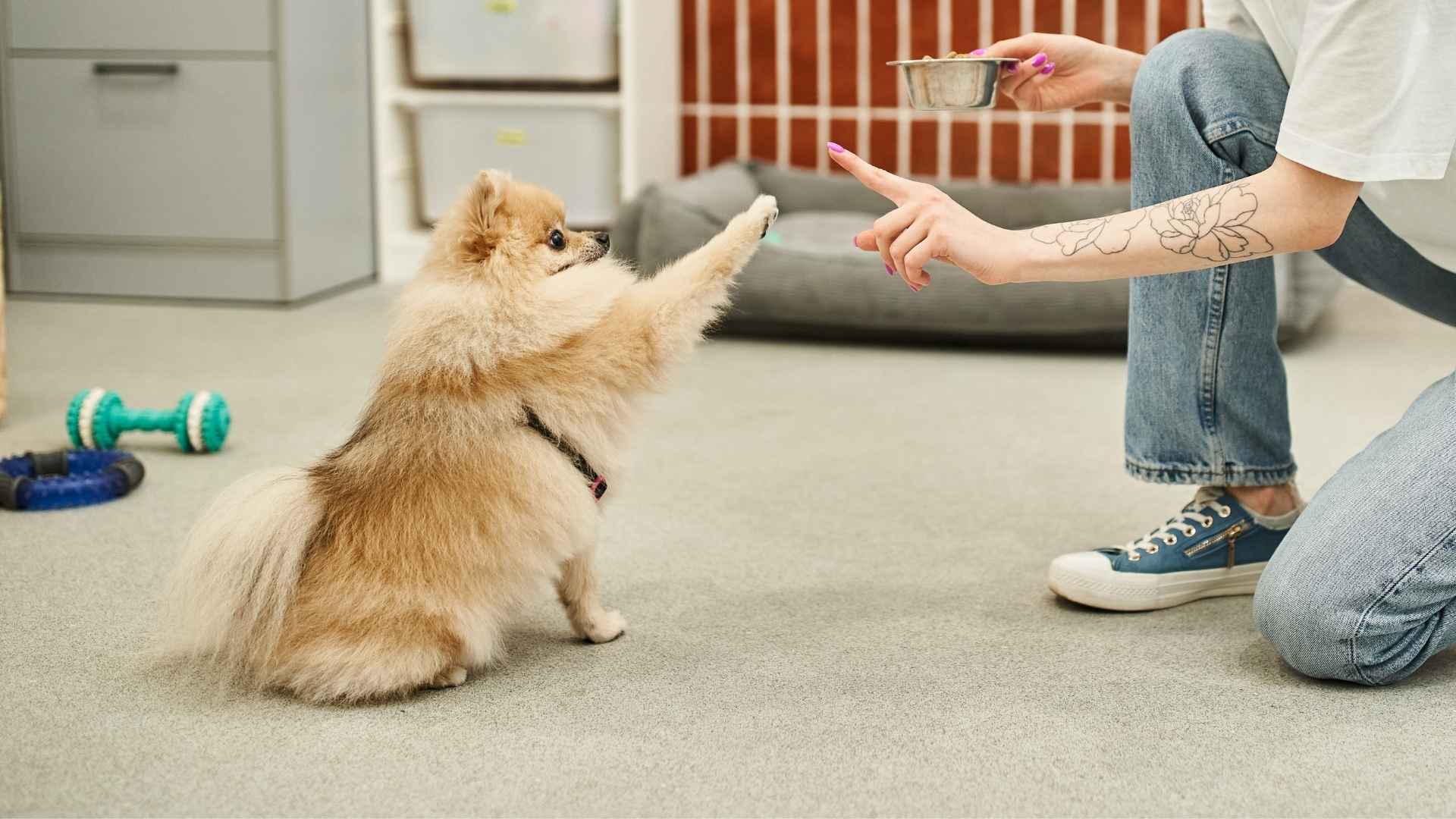Small dogs aren’t just adorable—they can be brilliant, too. Many people assume larger breeds dominate intelligence, but certain small dogs prove that sharp minds come in compact sizes. Their quick thinking, problem-solving abilities, and trainability make them stand out.
Choosing a smart breed means more than just tricks; it’s about ease of training, adaptability, and even independence. These dogs constantly surprise their owners, whether it’s effortlessly picking up commands or finding creative ways to get attention. They don’t just follow instructions—they think ahead, sometimes outsmarting their humans.
If you’ve ever wondered which small dogs combine brains with their playful charm, you’re in for a treat. The following breeds redefine intelligence in the canine world, proving that size has nothing to do with brilliance!
Did you know?
The Papillon, one of the smartest small breeds, was a favorite among European royalty, often seen in paintings dating back to the 16th century.
Smart Small Dog Breeds
1. Poodle

The Poodle is a lively little genius packed with brains and agility. This breed has a fascinating history as a water retriever and continues to impress with its problem-solving skills, quick reflexes, and ability to learn commands effortlessly.
With their curly, hypoallergenic coat, Poodles require consistent grooming to prevent tangles. Regular trims keep their fur neat, while brushing ensures a clean and fluffy appearance. Their signature style isn’t just for show—it once had practical benefits in water retrieval.
According to the AKC, training a Poodle is both rewarding and necessary. They thrive on mental challenges and excel in obedience, agility, and advanced tricks. Without engagement, they can outsmart their owners, making interactive activities essential for a well-balanced and happy dog.
Keenly aware of their surroundings, Poodles make excellent watchdogs. They don’t hesitate to alert their owners to anything unusual. While they aren’t aggressive, their sharp senses make them reliable in maintaining a secure home environment.
These energetic dogs need both physical and mental stimulation. Whether it’s agility courses, swimming, or puzzle toys, they enjoy staying active. Keeping them engaged boosts their intelligence and ensures they remain happy and well-adjusted.
Fun Fact
The Poodle’s famous pom-pom haircut was originally designed for functionality, allowing them to move swiftly through water while keeping vital organs warm. This practical grooming technique helped them excel as skilled water retrievers centuries ago.
2. Papillon
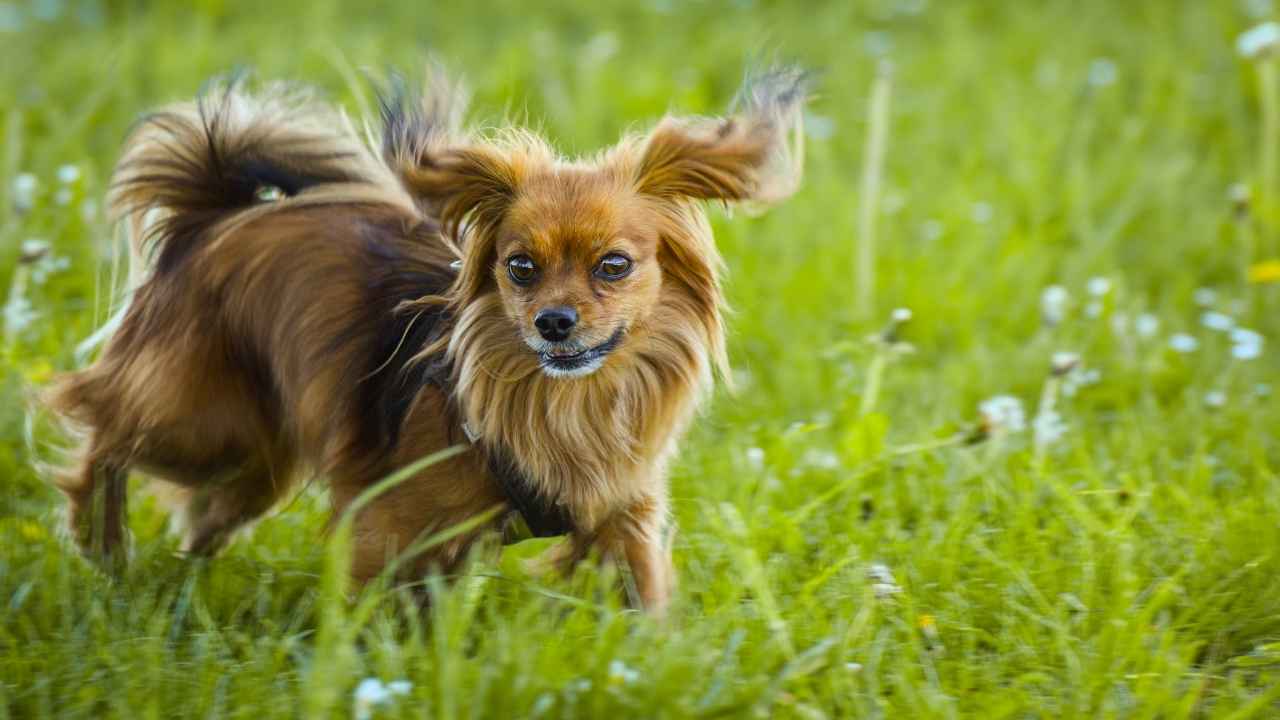
Papillons are tiny powerhouses of intelligence, always ready for action. Their name, meaning “butterfly” in French, comes from their elegant, fringed ears. But don’t be fooled by their delicate looks—these dogs are incredibly alert, quick-thinking, and energetic.
Masters of agility, Papillons thrive on physical and mental challenges. Their quick reflexes make them excellent competitors in dog sports. Learning tricks comes naturally to them; they love impressing people with their sharp minds and fast-paced movements.
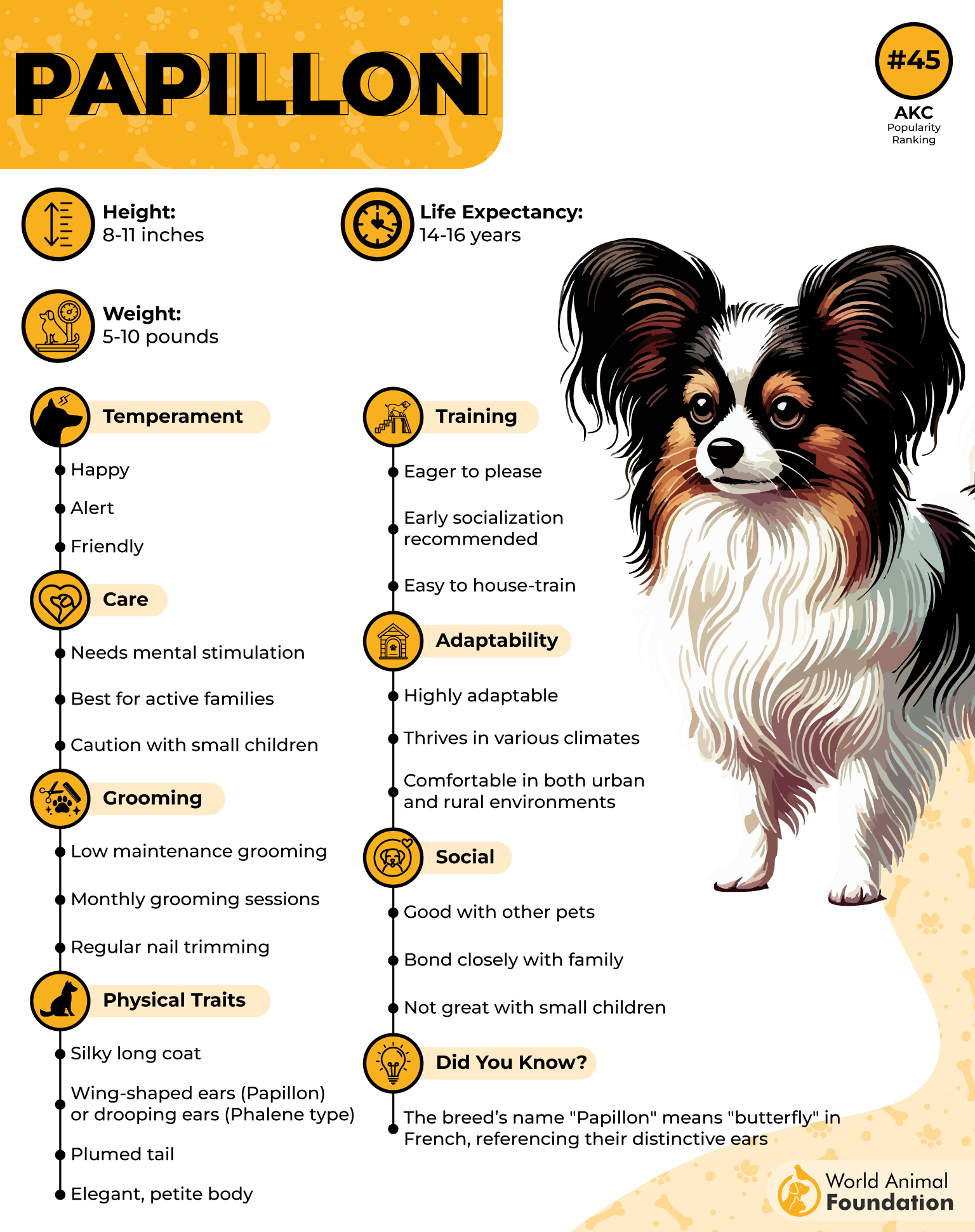
Despite their size, Papillons have a bold and fearless attitude. They react instantly to changes in their environment, making them highly dependable watchdogs. Their confident personality ensures they never back down from protecting their space, no matter the situation.
Their silky, flowing coat looks high-maintenance but is surprisingly easy to manage. A few gentle brushes a week keep their fur smooth and tangy-free. They don’t have a dense undercoat, making grooming straightforward.
Endless energy keeps Papillons on the move. They love running, jumping, and solving interactive puzzles. Keeping them busy prevents boredom and ensures they remain lively, engaged, and mentally sharp throughout their daily activities.
Fun Fact
Papillons have been featured in famous European paintings for centuries. Many royal figures, including Marie Antoinette, adored these dogs, and they frequently appeared in portraits of aristocrats as symbols of elegance and sophistication.
3. Miniature Schnauzer
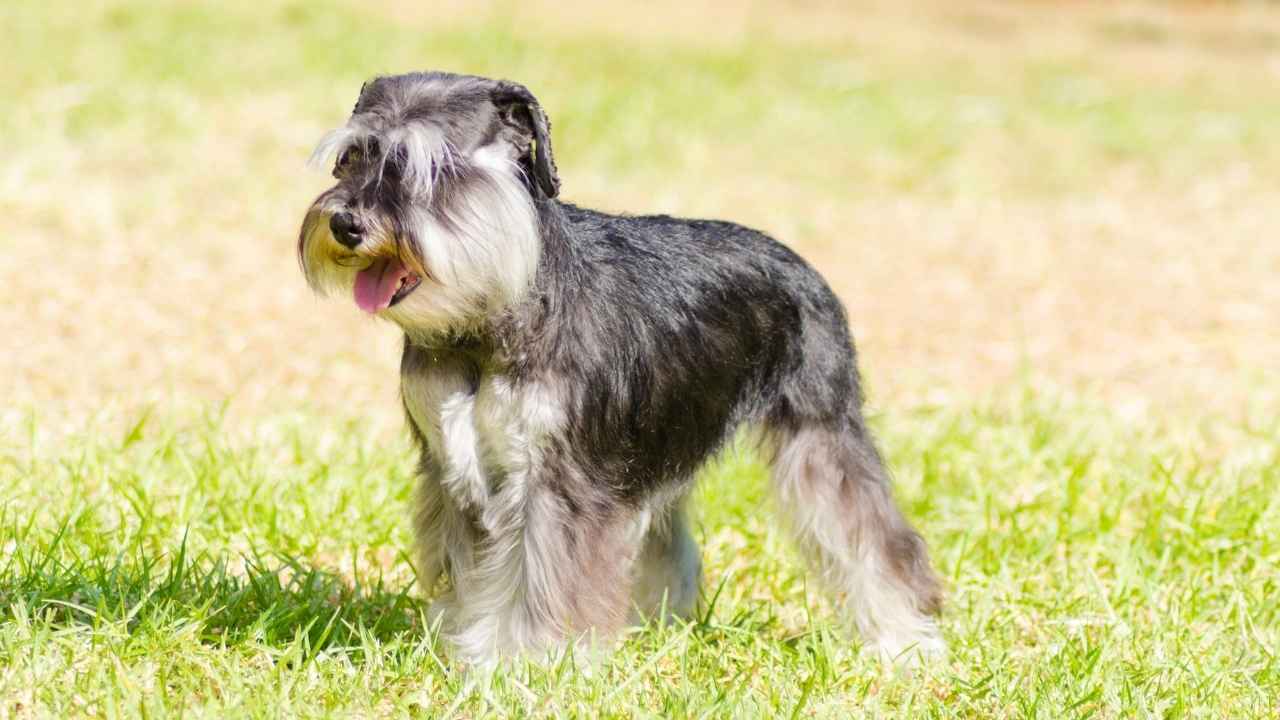
Miniature Schnauzers bring intelligence, confidence, and an undeniable spark of mischief. Originally bred as farm dogs, they have a strong work ethic and a natural ability to pick up new skills quickly. Their bold personality set them apart as lively and independent thinkers.
Sociable and always ready for an adventure, these dogs love being around people. They enjoy interactive play, long walks, and engaging activities that challenge both their body and minds. Their spirited nature makes them entertaining companions in any setting.
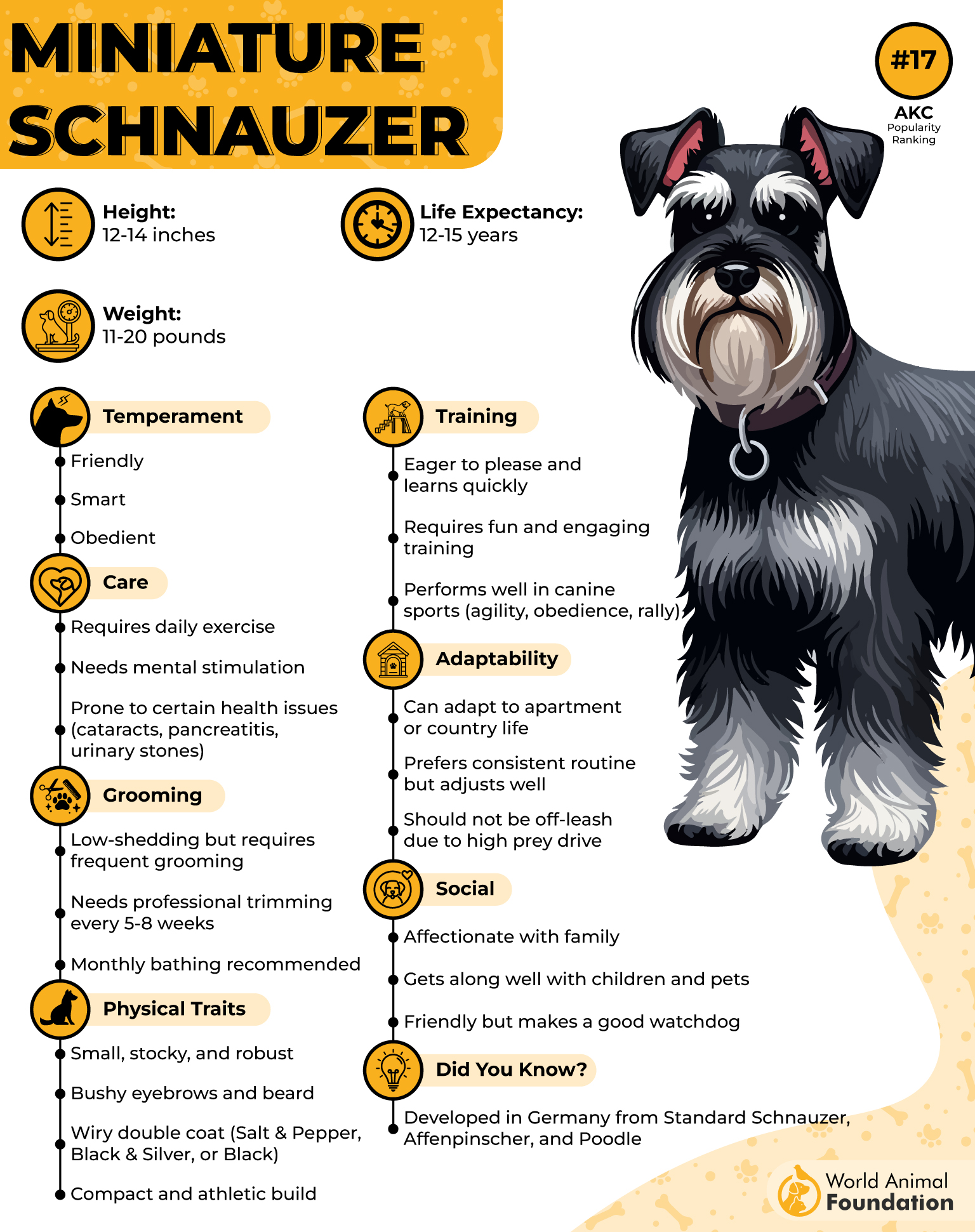
According to PetMD, with a wiry, double-layered coat, Miniature Schnauzers require regular grooming. Stripping or trimming their fur helps maintain their distinct appearance. Their coat sheds minimally, making them a practical choice for households that prefer low-maintenance shedding.
Training a Miniature Schnauzer is a rewarding experience. They quickly grasp new commands and love structured activities. However, their independent streak means consistency is essential. Keeping training sessions varied and engaging helps maintain their interest and sharpens their skills.
These dogs have a built-in alarm system, reacting swiftly to unfamiliar sounds. Their protective instincts make them reliable watchdogs. While they aren’t aggressive, their alertness ensures they’ll always notify their owners of anything suspicious nearby.
Fun Fact
Miniature Schnauzers were originally bred to hunt rats on farms. Their small size and boundless energy made them excellent at chasing and eliminating pests, making them indispensable working dogs in rural areas.
4. Pomeranian
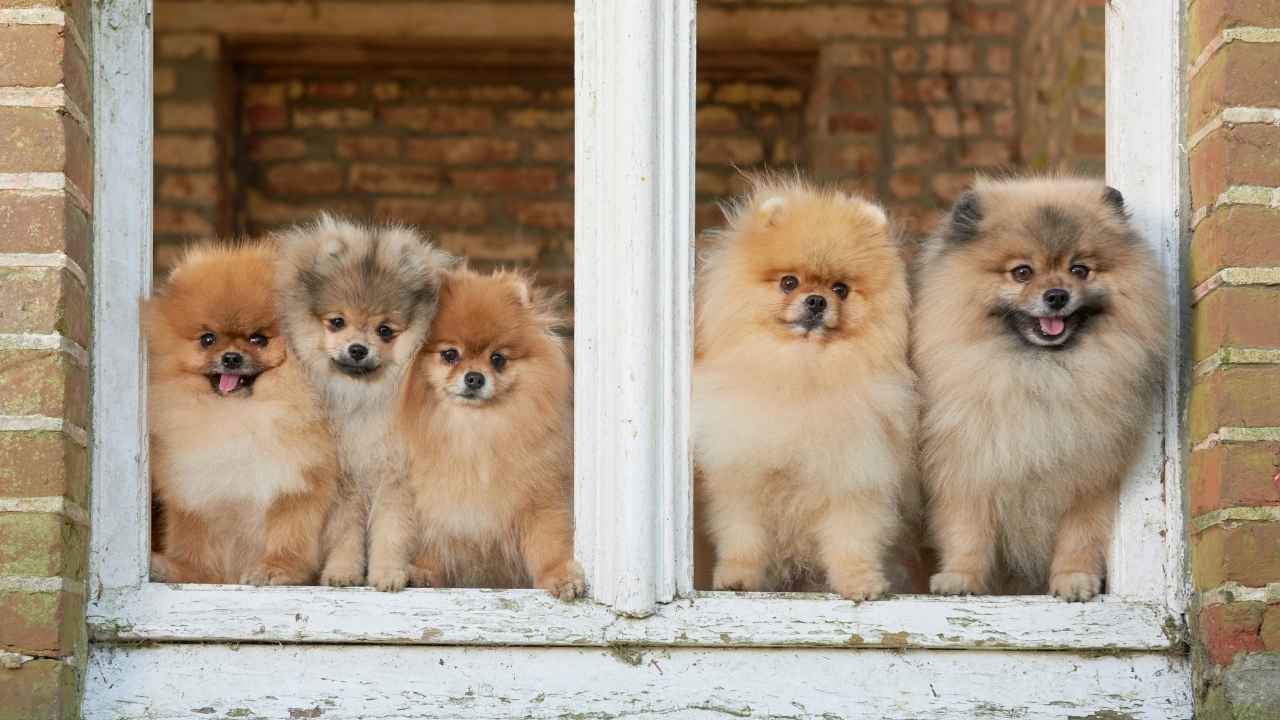
A Pomeranian might be small, but its intelligence is anything but. This breed has a sharp mind, quick reflexes, and an eagerness to learn. With a confident personality, Pomeranians stay alert, making them excellent watchdogs. Their curious nature keeps them mentally stimulated.
Grooming a Pomeranian requires dedication. Their thick double coat sheds regularly, demanding frequent brushing to prevent tangles. Regular trims help maintain a clean look. Bathing should be occasional, as too much washing can strip natural oils, leading to dry skin.
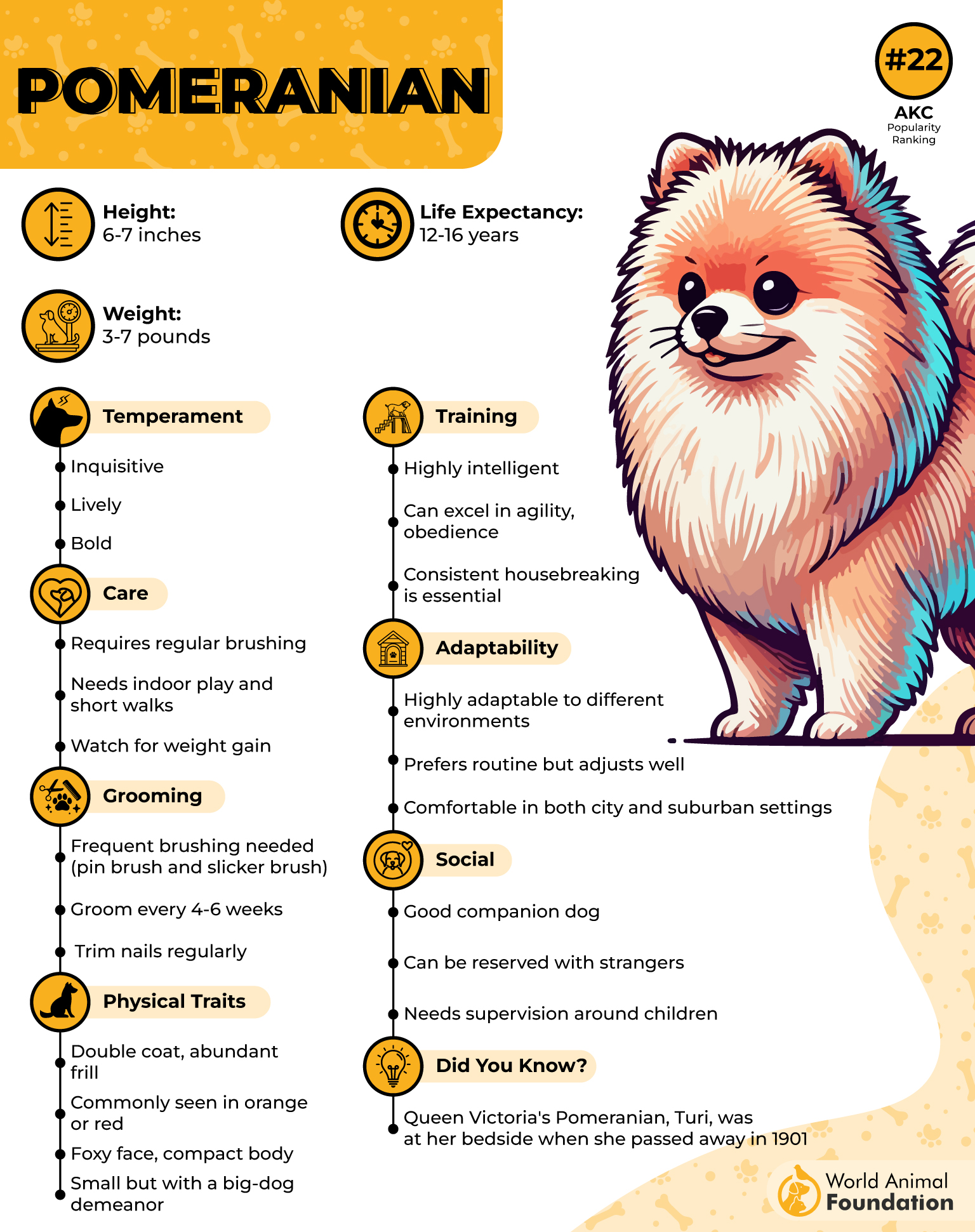
Early training shapes a well-behaved Pomeranian. They respond best to positive reinforcement techniques like treats and praise. Due to their intelligence, they can pick up tricks quickly. However, consistency is essential to avoid stubborn tendencies. Socializing them early prevents excessive barking.
Diet plays a key role in their health. High-quality small-breed dog food ensures proper nutrition. Due to their tiny size, portion control is important to prevent obesity. Fresh water should always be available to support overall well-being.
Despite their petite stature, Pomeranians need daily activity. Indoor play, short walks, and puzzle toys keep them engaged. Mental stimulation is just as crucial as physical exercise. Keeping them entertained helps prevent unwanted behaviors like excessive chewing or barking.
Fun Fact
Pomeranians were much larger in the past. They were originally sled dogs in Arctic regions, weighing around 30 pounds. Over time, they were selectively bred to become the small, fluffy companions we see today.
5. Havanese
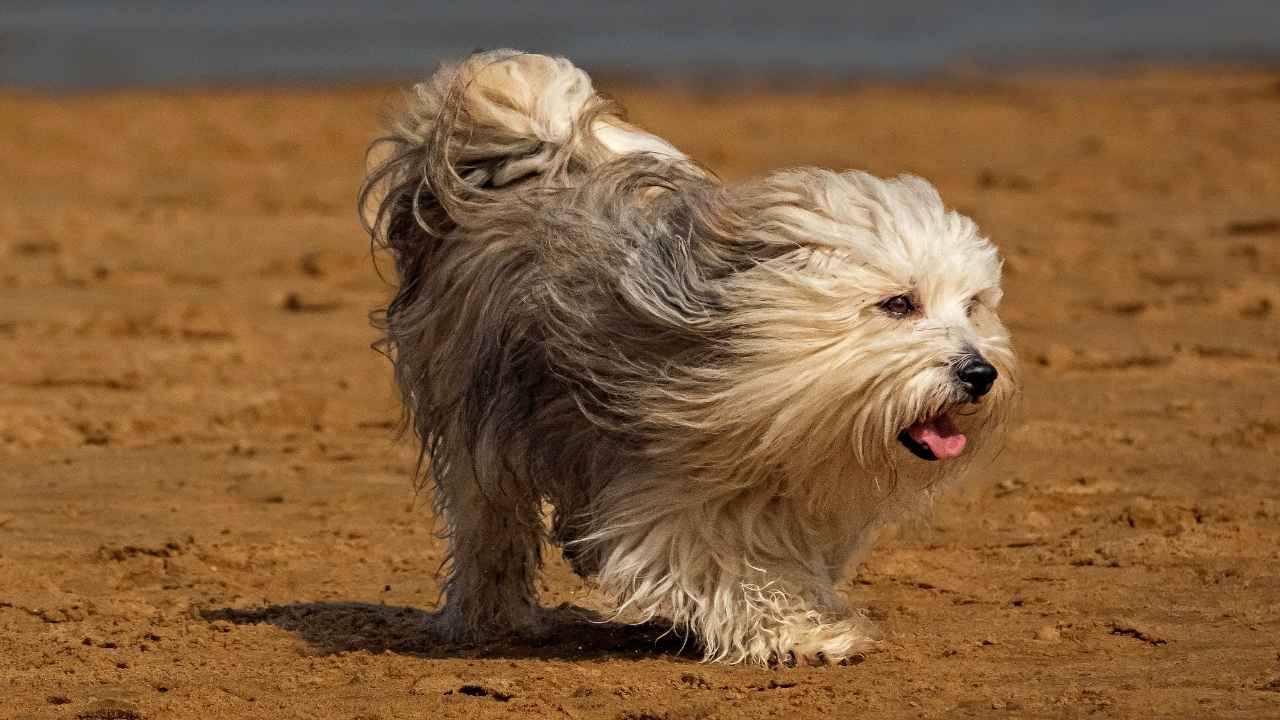
The Havanese is a smart and adaptable breed, known for its ability to pick up commands quickly. Their sharp memory allows them to learn various tricks, making them popular for obedience training and dog sports like agility.
Their silky, wavy coat requires routine grooming. Brushing several times weekly prevents tangling, while regular trims keep their coat manageable. Unlike shedding breeds, Havanese coats grow continuously, making professional grooming beneficial.

Training a Havanese is a rewarding experience. They thrive on positive reinforcement and enjoy learning new things. Because of their intelligence, they excel in socialization activities, quickly adapting to different environments and people without hesitation.
According to WebMD, a balanced diet supports a Havanese’s active lifestyle. Small-breed dog food with high-quality proteins and essential nutrients keeps them energetic. Providing healthy treats in moderation ensures they stay fit and maintain strong muscle development.
Daily exercise keeps this breed happy. Short walks, interactive play, and training exercises prevent boredom. Although they do not require intense workouts, regular movement helps maintain a healthy weight and supports mental stimulation.
Fun Fact
Havanese dogs were once the preferred pets of Cuban aristocrats. Their luxurious coats and charming personalities made them a favorite among wealthy families before they became popular worldwide.
6. Brussels Griffon
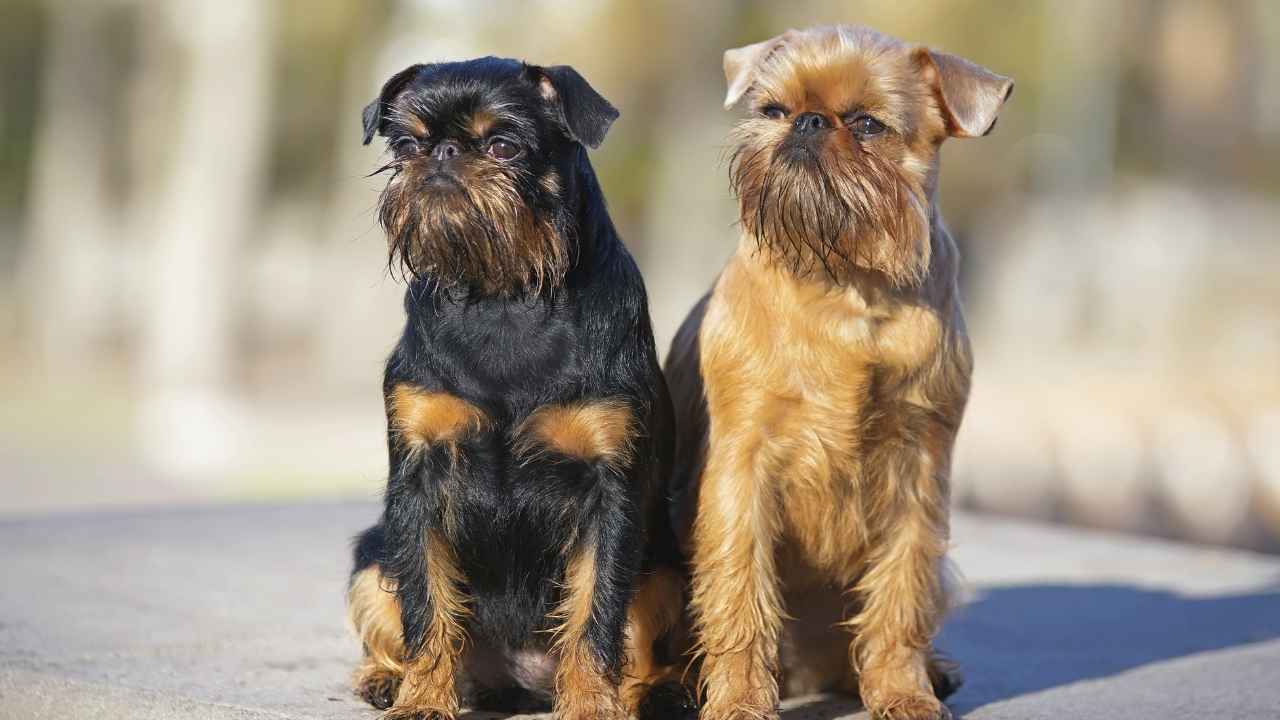
Brussels Griffons have sharp minds and lively spirits. Their intelligence makes them highly trainable, but they also have a streak of independence. This breed stays observant and quickly picks up on its surroundings, making them highly aware of any changes.
Their grooming needs depend on their coat type. Smooth-coated Griffons require occasional brushing, while rough-coated ones need hand-stripping to maintain texture. Regular facial cleaning prevents tear stains and keeps their signature expressive look fresh.
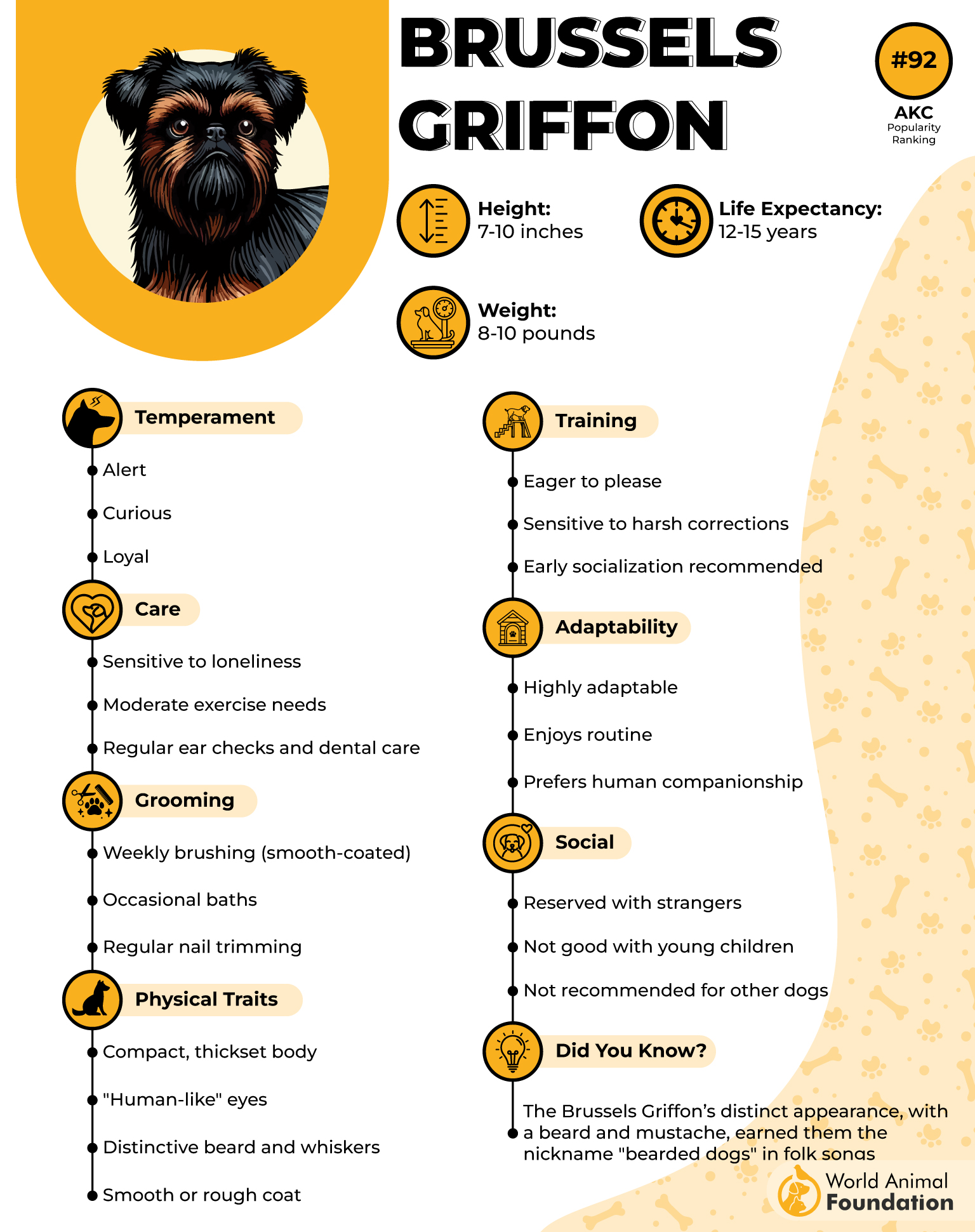
Training a Brussels Griffon requires patience and consistency. While eager to learn, they can be a bit stubborn. Positive reinforcement works best, and early socialization ensures that they remain well-mannered around new people and pets.
Brussels Griffons require a nutrient-dense diet. Small portions of high-quality food prevent weight gain while supporting their active lifestyle. Hydration is key, so fresh water should always be accessible to promote overall health.
Although small, this breed has high energy levels. Short play sessions, interactive toys, and brief outdoor walks keep them entertained. Mental exercises like puzzle toys help prevent boredom and keep their sharp minds engaged.
Fun Fact
Brussels Griffons gained fame after appearing in movies. Their expressive faces and lively personalities have made them popular in Hollywood, adding charm and character to various film roles.
7. Boston Terrier
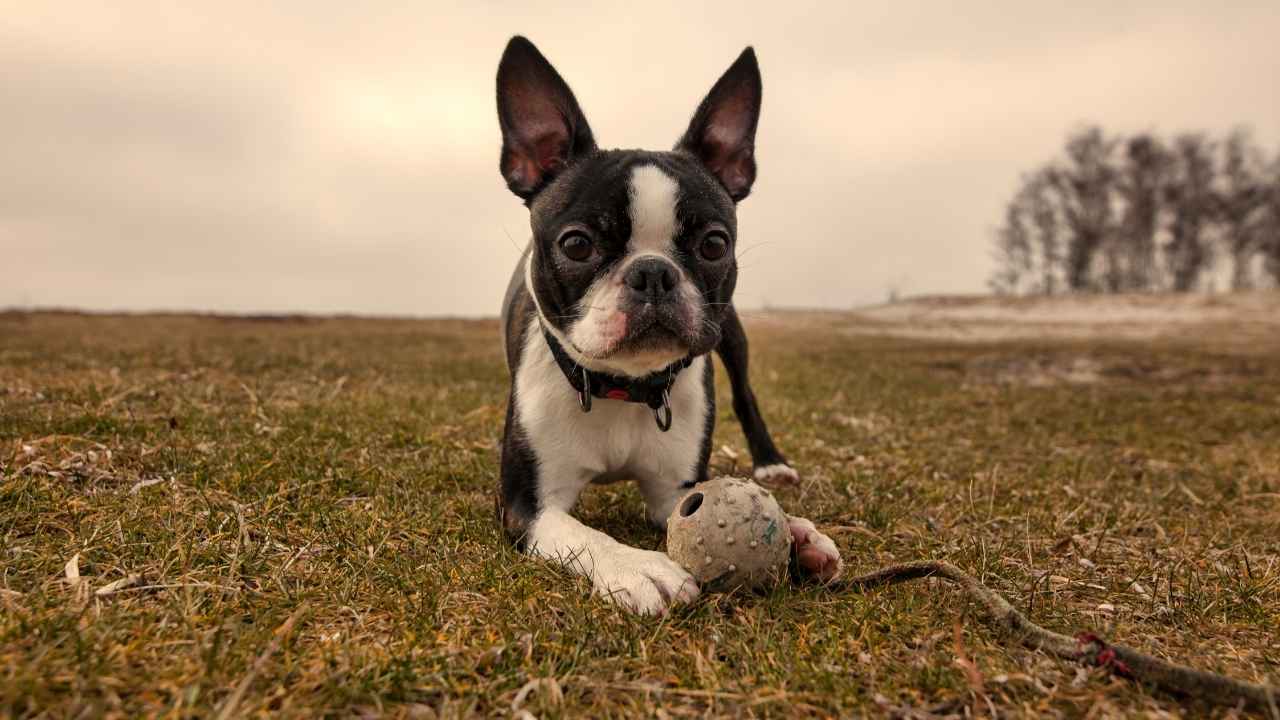
Boston Terriers are highly intelligent, picking up commands with ease. Their problem-solving skills make them quick learners in obedience training. They stay alert and responsive, making them a breed that enjoys interactive activities and mentally stimulating challenges.
Their short coat is easy to maintain. Weekly brushing keeps it smooth and removes loose hair. Due to their flat face, cleaning facial wrinkles is essential to prevent moisture buildup, which can lead to irritation.

Training a Boston Terrier is a smooth process when approached correctly. They respond well to positive reinforcement and enjoy learning new tricks. Consistency and patience help build a well-behaved and obedient dog.
Diet influences energy levels. A well-balanced meal plan supports their muscular frame, including proteins and essential fats. Portion control is necessary to prevent overeating, as Boston Terriers have a tendency to gain weight.
Daily physical activity is crucial for this intelligent breed. Regular walks, indoor games, and agility exercises keep them fit. Engaging activities prevent restlessness and ensure they remain both physically and mentally active throughout the day.
Fun Fact
Boston Terriers were originally bred for pit fighting but evolved into friendly and intelligent dogs. Their adaptability and charm earned them the nickname “The American Gentleman” due to their tuxedo-like coat pattern.
Conclusion
Small but incredibly sharp, these dogs prove that intelligence comes in all sizes. Their ability to learn commands, adapt to situations, and solve problems makes them stand out. They aren’t just quick learners; they think independently and often surprise their owners with their cleverness. Many popular dog breeds in this category are also known for being wonderful family pets, offering both intelligence and adaptability.
Owning a highly intelligent dog breed means every day is filled with excitement. Whether mastering new skills, responding to training easily, or simply finding creative ways to get attention, these dogs stay one step ahead. Their sharp minds make them engaging, fun, and endlessly entertaining. Another breed called the Basenji is considered a barkless dog, making them a great choice for quieter households.
Breeds like the Toy Poodle, Yorkshire Terrier, Toy Fox Terrier, Bichon Frise, and other dogs are also known for their sharp minds and adaptability. While they share traits with the dogs discussed, they weren’t mentioned above.
These small but mighty dogs continue to impress, from history’s royal courts to today’s modern homes. Their intelligence ensures they remain unforgettable, proving that being small doesn’t mean thinking small.


